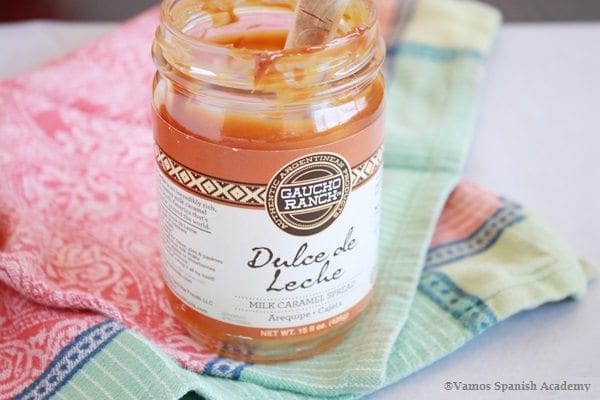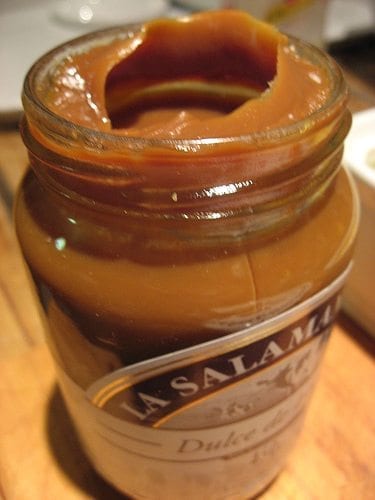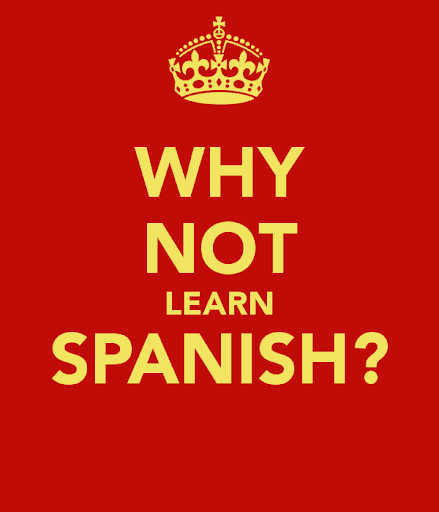Written by Federico Dellepiane, native Argentine and Dulce de Leche lover.
The History of Dulce De Leche:
Dulce de Leche was discovered by accident in Argentina by the seemingly forgetful maid of General Manuel de Rosas. The history behind this famous dessert is an interesting one. The maid was busy cooking milk and sugar in order to prepare some desserts for the General. Unfortunately (or fortunately for us looking backward) she was unexpectedly called away amidst her cooking. When she returned, she discovered the milk had transformed into the thick brown sweet goo that we now know as Dulce de Leche. The first historical reference to the Argentinian dessert comes from a peace meeting between Juan Manuel de Rosa and his political enemy, Juan Lavalle, in 1829.
The traditional recipe usually consists of milk, sugar, some vanilla and a tad bit of baking soda. You will find Dulce de Leche on pastries, ice cream, yogurt, cookies, tarts, cheesecakes and my personal favorite: on a spoon. This last one is the absolute best way in my opinion!


How to make Dulce de Leche
Ingredients:
- 4 cups milk
- 1 ½ cups sugar
- 1 vanilla bean, split and seeds scraped
- ½ teaspoon baking soda
Method:
Combine the milk, sugar, and vanilla bean in a large saucepan and place over medium heat. Bring to a simmer, stirring occasionally, until the sugar has dissolved. Once the sugar has dissolved, add the baking soda and stir to combine. Reduce the heat to low and cook uncovered at a bare simmer. Stir occasionally, but do not re-incorporate the foam that appears on the top of the mixture. Continue to cook for 1 hour. Remove the vanilla bean after 1 hour and continue to cook until the mixture is a dark caramel color and has reduced to about 1 cup, approximately 1 1/2 to 2 hours. Strain the mixture through a fine mesh strainer. Store in the refrigerator in a sealed container for up to a month.
How to Make Dulce de Leche by vamospanish
This recipe requires a lot of time, and some attention so as to not burn the sugar in the mixture (despite the fact it was more or less discovered due to inattention). I did find I wasn’t completely tied to the stove-top however and left it for 5-15 mins at a time without disaster. The only dicey moment I had was at one point when I needed to quickly reduce the stove-top temperature as the mix was about to overflow.
The fun in making Dulce de Leche is watching it transform in front of your eyes, from milk to what looks and smells a lot like condensed milk to finally Dulce de Leche. It turns out it was harder than I thought to recognize when it was done and in the end, I ended up overcooking it! However, don’t let this scare you from making this delicious dessert. Go ahead and give it a try the next time you are craving your favorite Argentine postre!
Here is another incredible Dulce de Leche recipe to make the national dessert of Argentina: Chocotorta!





























